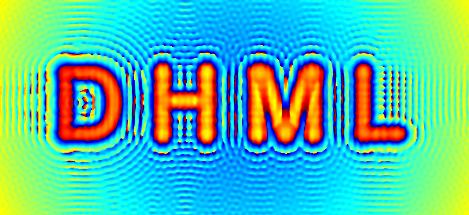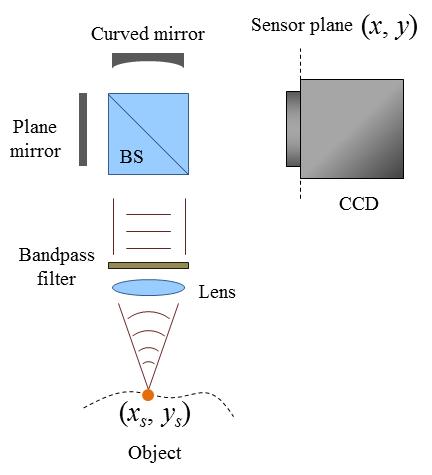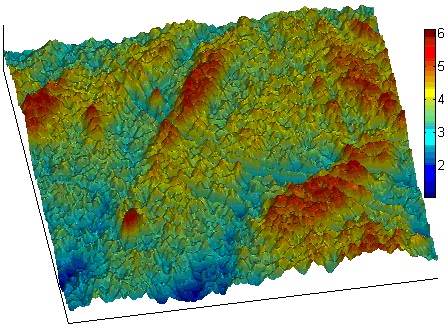| digital holography & microscopy laboratory |  |
|||||
| DHML | Department of Physics |
|||||
Current Topics |
Self-interference incoherent digital holography |
||
| Self-interference incoherent digital holography (SIDH) retrieves the complex hologram from the object illuminated by the incoherent light. Supported by the adaptive optic feature, SIDH is readily applicable to the ocular imaging to investigate the human retinal cells. Considering the practical issues, issues related to resolution, phase-shifting, and contrast should be addressed to implement the viable SIDH system which is capable of recording the holographic information of human retinal cells under the incoherent illumination. We study about methods to improve the image quality of SIDH to make it practical for the ocular imaging.
| ||
4D motility tracking of biological cells by Digital Holography Microscopy |
||
Three-dimensional profiling and tracking by digital holography microscopy (DHM) provide label-free and quantitative analysis of the characteristics and dynamic processes of objects, since DHM can record real-time data for micro-scale objects and produce single hologram containing all the information about their three-dimensional structure. Here, we have utilized DHM to visualize suspended microspheres and microfibers in three dimensions, and record the four-dimensional trajectories of free-swimming cells in the absence of mechanical focus adjustment. The displacement of microfibers due to interactions with cells in three spatial dimensions has been measured as a function of time at sub-second and micrometer levels in a direct and straightforward manner. It has thus been shown that DHM is a highly efficient and versatile means for quantitative tracking and analysis of cell motility. |
||
Quantitative phase imaging of biological cells by Digital Holography Microscopy |
||
Quantitative phase microscopy (QPM) is a particularly important feature of Digital Holography Microscopy. It allows measurement of optical thickness with nanometer-scale accuracy by single-shot, wide-field acquisition, and it yields phase profiles without some of the complications of other phase imaging methods. The phase image is immediately and directly available on calculating the 2-dimensional complex array of the holographic image, and the phase profile conveys quantitative information about the physical thickness and index of refraction of cells and the substrate. When QPM is applied to biological cells, the movement of cells and the substrate surface deformation can be imaged and monitored in real time. |
||
Digital Holographic Adaptive Optics |
||
Digital holographic adaptive optics (DHAO) retinal imaging system is based on the principles of digital holography and dispenses with the wavefront sensor and wavefront modulator of conventional AO system, thus reducing the opto-mechanical complexity and cost, while increasing speed and resolution. Numerical simulations and proof-of-principle experiments have been presented that demonstrate the feasibility. Now we are applying the DHAO to image the retina, hoping to obtain cellular structure of the retina.
|
||



